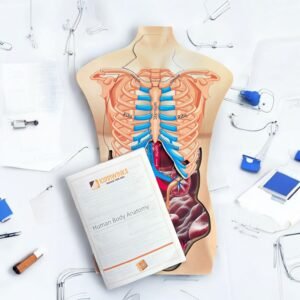Improved understanding of fine motor skills:
Learning about the different bones, muscles, and tendons in the hand can help kids develop a better understanding of how our hands move and function.
This can help them appreciate the complexity of fine motor skills, such as writing, drawing, and playing musical instruments.
Increased awareness of hand health:
Understanding the anatomy of the hand can also help kids appreciate the importance of hand health and safety. They may become more aware of the need to stretch their hands and wrists, to use ergonomic equipment, and to avoid behaviors that can cause hand injuries.
Introduction to medical and scientific concepts:
Studying the hand can introduce kids to a range of medical and scientific concepts, from anatomy and physiology to diseases and treatments. This can help them develop an interest in science and medicine, potentially inspiring them to pursue careers in these fields.
Development of critical thinking and problem-solving skills:
Studying the hand requires kids to think critically about complex concepts and problems. This can help them develop important problem-solving skills that can be applied to a range of academic and real-world situations.
Overall, studying the anatomy of the human hand can be a fun and engaging way for kids to learn about the importance of fine motor skills and hand health, as well as develop important skills and knowledge that will serve them well throughout their lives.













Reviews
There are no reviews yet.